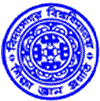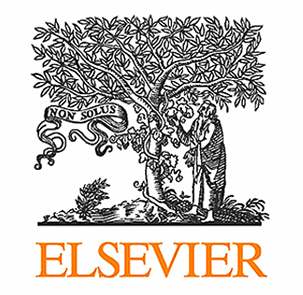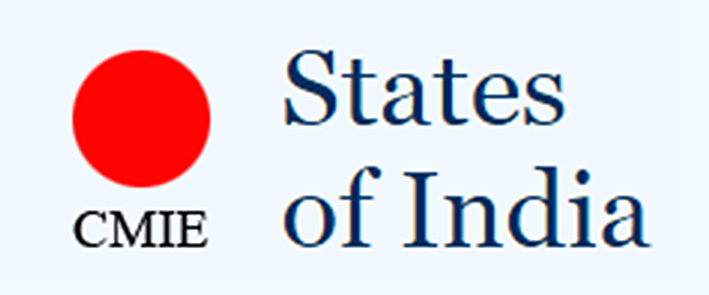The Epidemic Streets : Infectious Diseases and the Rise of Preventive Medicine 1856–1900 [ electronic resource ] / by Anne Hardy.
By: Hardy, Anne.
Material type: TextPublisher: Oxford Scholarship Online ISBN: 9780198203773 ( e-book ).Subject(s): HistoryGenre/Form: Electronic booksOnline resources: https://doi.org/10.1093/acprof:oso/9780198203773.001.0001 View to click Summary: This book represents an advance in the historical study of death and disease in the 19th century. It draws on a wide range of public health records and provides a detailed epidemiological investigation of the behaviour of the infectious diseases in the Victorian city. Whooping cough and measles, scarlet fever and diptheria, smallpox, typhus, typhoid, and tuberculosis ravaged millions of families and made life desperately uncertain a hundred years ago; today they have almost ceased to trouble the developed world. The book explores the factors that helped to reduce their fatality, focusing particularly on the role of preventive medicine, and on the local and domestic circumstances that affected the behaviour of the different diseases. This book is a contribution to the historical debate that arose from Thomas McKeown's theory of modern population growth, and it also extends current understanding of the ways in which Victorian society — both lay and medical — coped with the problems of endemic and epidemic infectious disease.
TextPublisher: Oxford Scholarship Online ISBN: 9780198203773 ( e-book ).Subject(s): HistoryGenre/Form: Electronic booksOnline resources: https://doi.org/10.1093/acprof:oso/9780198203773.001.0001 View to click Summary: This book represents an advance in the historical study of death and disease in the 19th century. It draws on a wide range of public health records and provides a detailed epidemiological investigation of the behaviour of the infectious diseases in the Victorian city. Whooping cough and measles, scarlet fever and diptheria, smallpox, typhus, typhoid, and tuberculosis ravaged millions of families and made life desperately uncertain a hundred years ago; today they have almost ceased to trouble the developed world. The book explores the factors that helped to reduce their fatality, focusing particularly on the role of preventive medicine, and on the local and domestic circumstances that affected the behaviour of the different diseases. This book is a contribution to the historical debate that arose from Thomas McKeown's theory of modern population growth, and it also extends current understanding of the ways in which Victorian society — both lay and medical — coped with the problems of endemic and epidemic infectious disease.
| Item type | Current location | Call number | Status | Date due | Barcode |
|---|---|---|---|---|---|
 E-Book
E-Book
|
WWW | Available | EB526 |
This book represents an advance in the historical study of death and disease in the 19th century. It draws on a wide range of public health records and provides a detailed epidemiological investigation of the behaviour of the infectious diseases in the Victorian city. Whooping cough and measles, scarlet fever and diptheria, smallpox, typhus, typhoid, and tuberculosis ravaged millions of families and made life desperately uncertain a hundred years ago; today they have almost ceased to trouble the developed world. The book explores the factors that helped to reduce their fatality, focusing particularly on the role of preventive medicine, and on the local and domestic circumstances that affected the behaviour of the different diseases. This book is a contribution to the historical debate that arose from Thomas McKeown's theory of modern population growth, and it also extends current understanding of the ways in which Victorian society — both lay and medical — coped with the problems of endemic and epidemic infectious disease.
























There are no comments for this item.